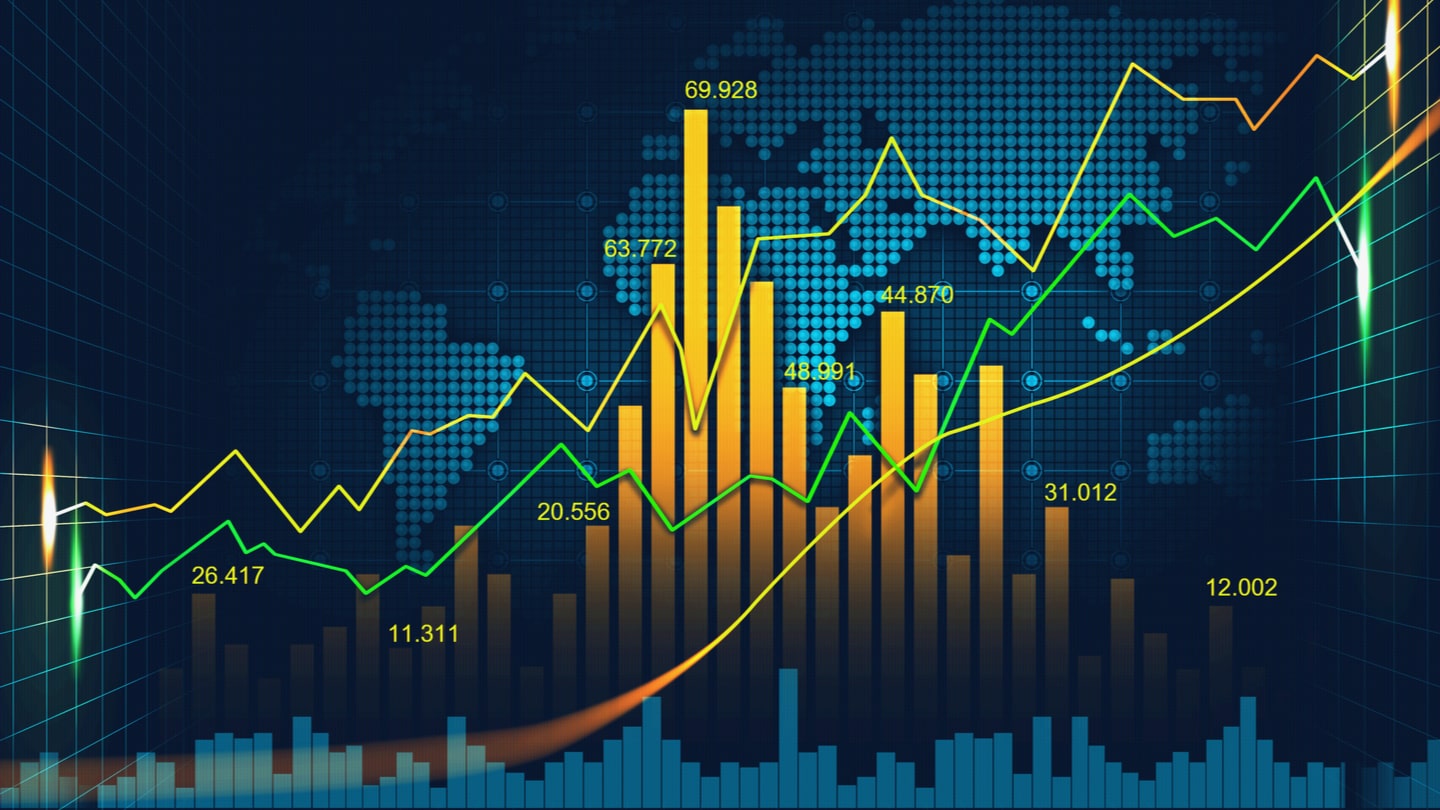UK inflation hit 10.4%, a fresh 40-year high, it was a sizeable increase on the 9.4% posted in June and it topped forecasts of 9.8%. Once again higher energy and food prices were cited as the main drivers of the move. The Bank of England are determined to tackle the high levels of inflation, and it has hiked interest rates six times since December 2021. Typically, when a central bank goes on such an aggressive hiking cycle, you would expect the domestic currency to be in rude health, but GBP/USD fell to a 17-month low in July. It is worth pointing out that much of the negative move was down to the strong US dollar. The BoE have been unwilling to grasp the nettle and ramp up the size of rate increases. On the run up to the June meeting there was speculation of a 50-basis points hike, but only a 25-basis points lift was announced. Earlier this month the bank stepped up its actions and hiked by 50-basis points, but one of the nine-members favoured an increase of only 25-basis points. The bank issued a bleak outlook at its latest meeting as it predicts the UK economy will enter a recession later this year and the downturn will roll over into 2023. According to projections, CPI will hit 13.3%. The rate hikes carried out so far have not tamed inflation and the BoE anticipates a further rise in CPI. The UK economy contracted by 0.1% in the second quarter and if the BoE keep chasing inflation with higher rates, they could bear responsibility for a possible recession. Today it was announced that UK retail sales grew by 0.3% in July, which was way better than the -0.2% that economists were expecting. Despite the surprisingly upbeat retail data, sterling declines across the board. It says a lot about sentiment in the pound when it can’t muster a rally when inflation rises and retail sales take a positive turn.
On the other side of the coin, it speaks to the strength of the greenback when it can weigh on sterling even in the face of slowing CPI and PPI, a dreadful New York manufacturing index reading, as well as mildly dovish Fed minutes. Headline CPI slipped to 8.5% from 9.1% and the PPI fell to 9.8% from 11.3%. In addition to that, the core PPI reading dropped to 7.6% from 8.2%. The core report excludes volatile components like commodity prices so that suggests that underlying demand is diminishing, which is worrying. The New York Fed manufacturing index suffered its second largest monthly fall, and that could be a sign the sector is shuddering to a halt. The minutes from the latest Fed meeting showed that some policymakers fear that unemployment could tick up in the second half. Also, certain Fed members feel that a slower pace of rate hikes would be appropriate at some point. On Thursday, Fed member, Mary Daly, said the war on inflation was not over and the Fed might choose a 0.5% hike or a 0.75% hike next month. Daly’s remarks were a reminder the Fed could pull the trigger with respect to yet another 75-basis points hike. The US 10-year yield edged closer to 3% and that boosted the US dollar, which in turn extended the losses on GBP/USD.
GBP/USD dropped to a one-month low and the MACD indicator shows us that negative momentum is rising, indicating the bears are in control. While the currency pair holds below the three simple moving averages, it is likely the broad bearish trend will continue. Further losses from here could see it target 1.1759. A break below that area would be significant, as it would be an 18-month low. If 1.1759 is breached, it might bring 1.1408 into play. The RSI is in oversold territory so that could be an early warning that a change in trend is in the offing. A rally from here could see it hit 1.1942, if that price is cleared, it might pave the way for 1.2052 to be tested. A move above 1.2142 could negate the recent bearish trend.
